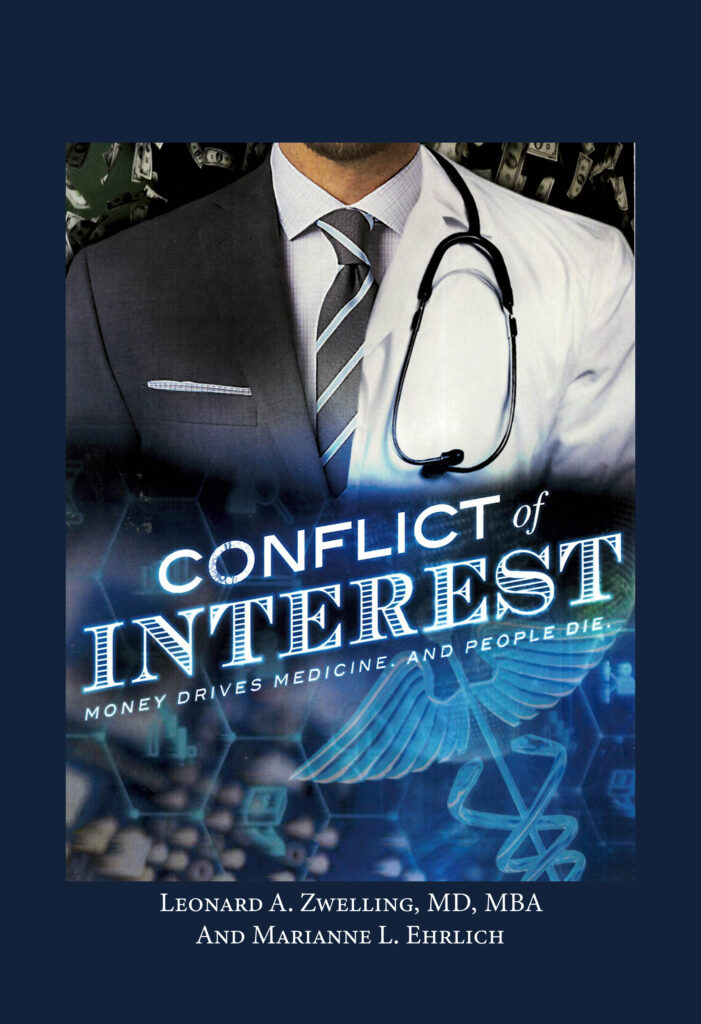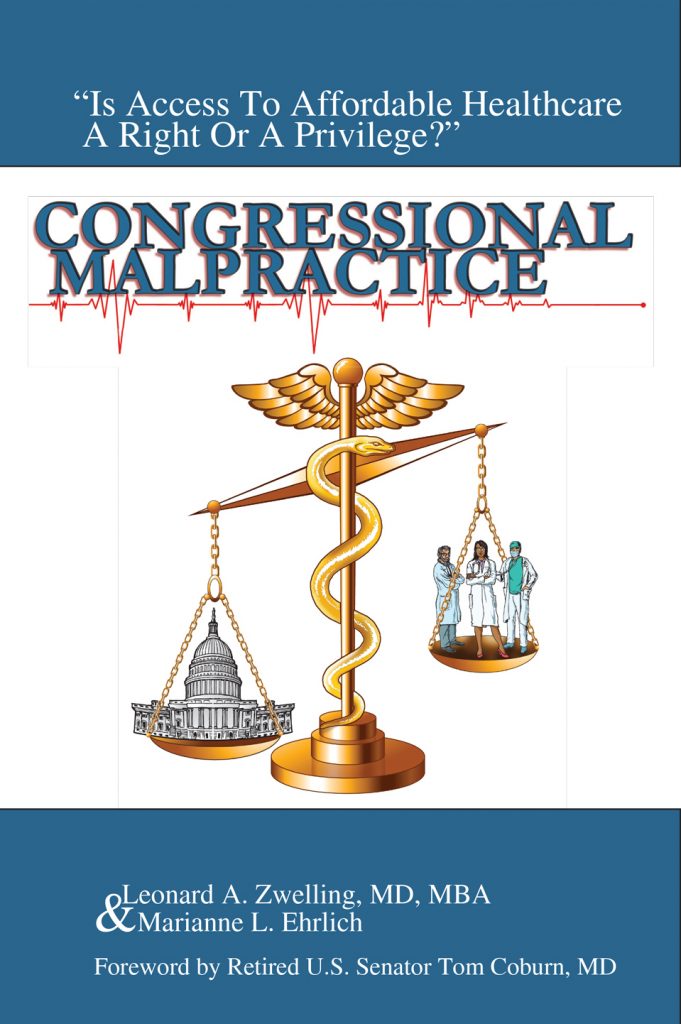Dopesick
By
Leonard Zwelling
Half a million Americans have died of opioid overdoses in recent years. “In the 12-month period ending in April, more than 100,000 Americans died of overdoses” according to The New York Times on November 18. That’s the story of Dopesick (on Hulu), a personalization of Beth Macy’s best seller about how the opioid crisis became the huge story it still is. The evil forces that precipitated this massive fraud on the American public is remarkable because there are so many villains.
In this version, the primary bad guys are the Sackler family, the very wealthy owners of the privately held Purdue Pharma, makers of OxyContin, a slow-release form of the potent opioid oxycodone. The story can be summarized briefly:
The Sacklers needed a new big selling substitute drug for their Librium and Valium that were coming off patent protection. They devised a pill that could be used to treat severe pain, primarily acute, post-operative pain. However, they marketed it as a treatment for all pain including chronic pain and the FDA was coerced into saying it was less addictive than other opiates when it wasn’t. Eventually lawsuits were brought against the Sacklers and Purdue Pharma, but only the company paid the price, a large bankruptcy. The executives who devised the plan, primarily Richard Sackler, got off without serving a day in jail. This same story is related as a documentary on HBO called The Crime of the Century by Oscar-winner Alex Gibney (The Smartest Guys In The Room). Dopesick, the drama, was created, written and directed by Danny Strong. What is so interesting is that the documentary is scary enough in showing the collusion between the FDA, Congress and big pharma. The Hulu drama personalizes it and really brings the message home. Beyond frightening.
The take home is that evil will triumph over good when evil is rich enough and has the government in its pocket or the government as a co-conspirator. These two films do a great job explaining why so many Americans do not trust the government, the FDA, the CDC, or Congress. In short, these agencies do not protect the American people from industrial-strength evil.
The story of Dopesick centers around a poor Appalachian coal mining community in western Virginia and the doctor Sam Finnix played by the great Michael Keaton. The doctor is lulled into using OxyContin on his patients by the aggressive sales force unleashed by Purdue. Eventually, he is in a car accident, is prescribed the drug, and becomes hooked himself. He loses his practice and is forced into rehab where he eventually, through the use of methadone and suboxone, gets off the opioids and reclaims his practice. But over the eight episodes of the series, we meet many people whose lives are ended and upended by OxyContin.
The biggest villain in the story is Richard Sackler, the head of Purdue and one of the Sackler sons overseeing how the family can maintain its fortune. He is played by Michael Stuhlbarg and when I first saw Dopesick I was convinced he was hamming it up. Then I saw the documentary. The real Richard Sackler was in it and Stuhlbarg got the character exactly right. He sounded just like him. Sackler is either a psychopath or has autism or both.
The main point here is that OxyContin is still on the market and was actually recently prescribed to a member of my extended family. It is a dangerous drug because it has all the potency of an addicting opioid and a thin enough coating to be by-passed, and have the inside opiate crushed and snorted.
The opioid crisis is still with us as these excellent films make clear. As much publicity as this problem has received, this is still an under reported story. Now Fentanyl has been added to the list of abusive substances and it is more potent than Oxy and far more deadly. It is being mixed with other drugs like heroin and continues to kill people. Still, it remains that many of the dead got hooked by using drugs prescribed to them by doctors and used as directed. As bad as the FDA, Congress and Purdue and other pharma companies are, it may well be that the doctors are the biggest villains of all. They started it or surely enabled everyone else, and they’re supposed to know better.





6 thoughts on “Dopesick”
It was horrifying. Oxy seems to be given to EVERYONE post op. Standing orders need to be reevaluated. Departmental meetings? Grand Rounds?
Fentanyl is another horrifying situation. The medical community has nothing to do with those on the street selling to teenagers. Crazy dangerous!
Oh yes it does. Many who resort to street drugs were initially addicted to prescriptions they got from their doctors. No one gets a psss here–doctors, pharma, pharmacists or federal regulators. LZ
I agree with you, Dr. Z, it does often begins with doctors. This isn’t rocket science; ask any pharmacist which physician in their area prescribes the most. They know.
There is a data base from which such can be compiled. Certain medical specialties will, necessarily, prescribe more heavily and all others should be suspect. Why don’t investigations include this? Why isn’t there a system to red flag this? Further, it angers me to hear anyone on opioids mention that “it doesn’t really relieve pain”! It just makes them not care as much.
How about this? Stop “managing” symptoms and pain and start treating the CAUSE. Novel, I know.
Thank you for your work. You will touch THAT nerve with your book. Best to you.
Thanks for reading. LZ
Dr. Zwelling, my wife and I noticed a glaring omission from the final “comeuppance” episode of Dopesick, and it was an absence of follow-up about the FDA —> Big Pharma pipeline. That’s what struck us as the most sinister angle of the entire series/issue. As is almost invariably the case, the folks tasked with solving the issue are the very ones exacerbating it.
It’s worse than that. About 45% of the FDA budget comes from user fees from big pharma paid to have the agency review their applications. Total conflict of interest. LZ